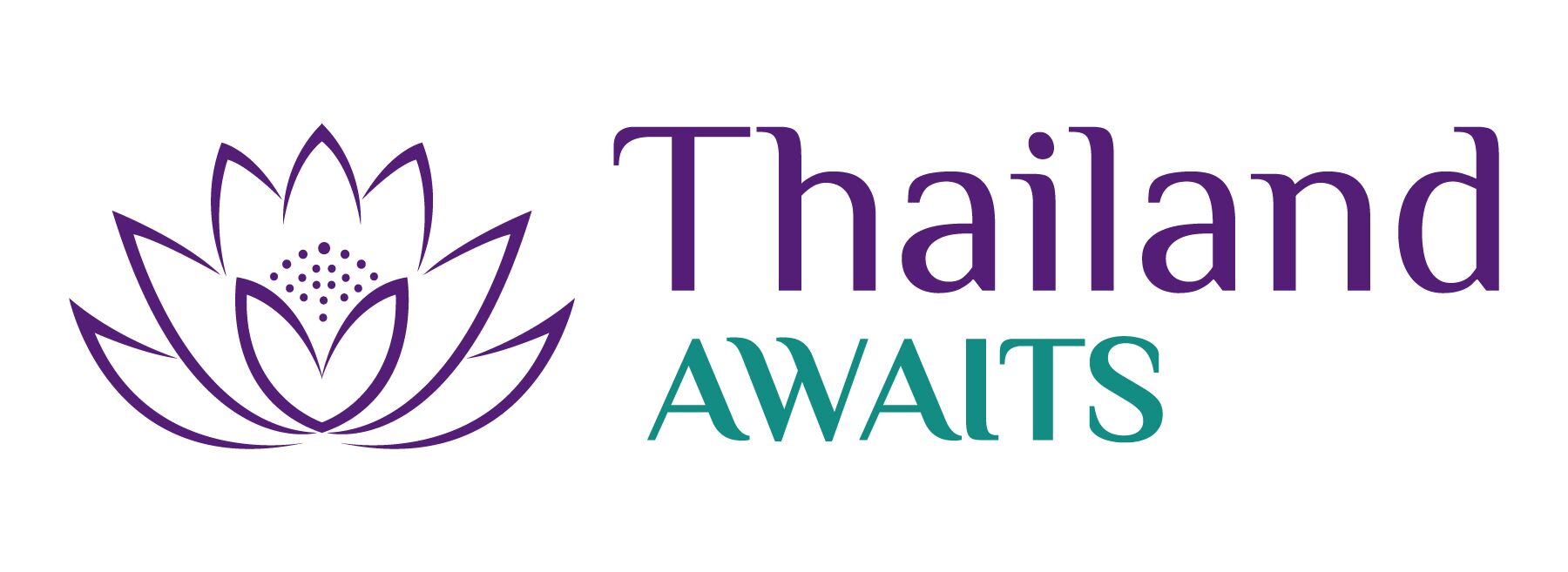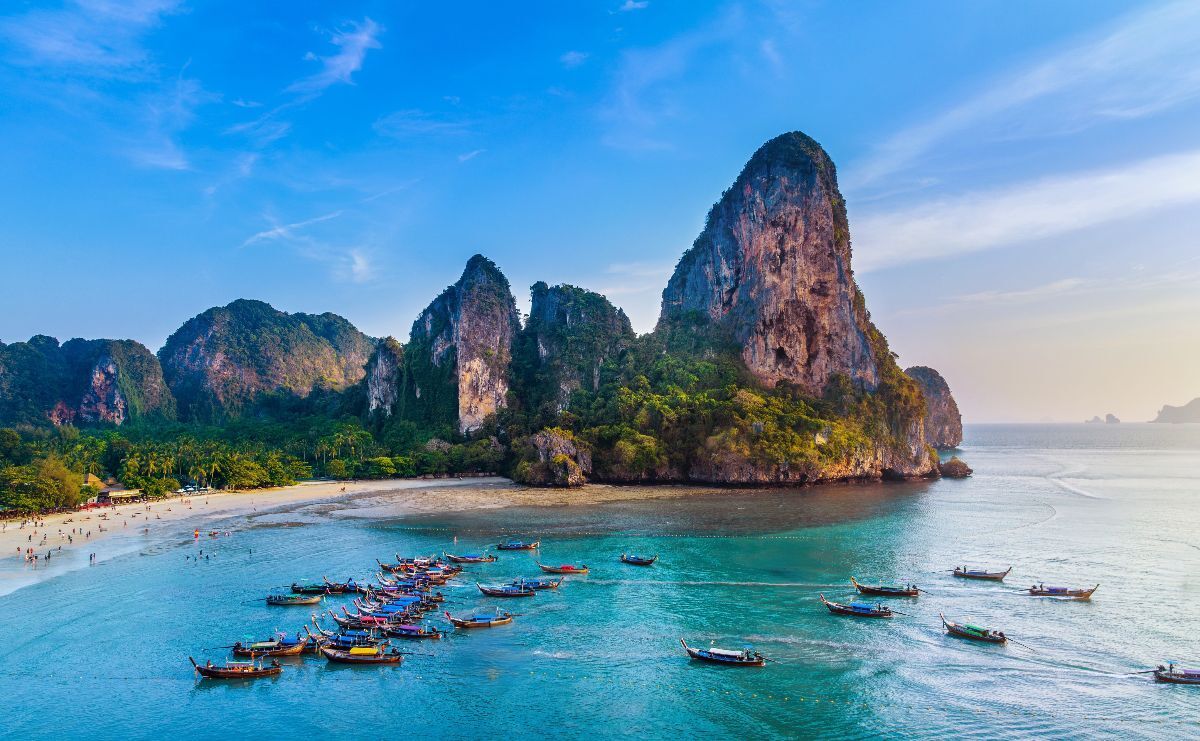Visiting Thailand in January: A guide to weather and events
If you are thinking of travelling to Thailand in January, you will be pleased to know that this is a fantastic time to visit the land of smiles. It might be winter, but the weather is dry and comfortable, making it ideal for sightseeing. The warm days and lower humidity at this time of year make it an excellent time to experience Thailand’s rich culture and stunning landscapes.
This guide will give you a quick rundown of the weather across Thailand in January. We will also give you our tips on the most popular destinations to consider visiting, including Chiang Mai, Phuket, Bangkok, and Ayutthaya, and what special events you may enjoy at this time of year.
Why January is the perfect time to explore Thailand
January is a month full of cultural activities. The country comes alive with New Year celebrations; Chiang Mai hosts its annual Jazz Festival; Phuket invites you to the International Boat Show, Ayutthaya takes you back to the past with its UNESCO Celebrations and toward the end of the month Chinese New Year. These events offer fun and learning in equal measure, deepening your understanding of Thai culture.
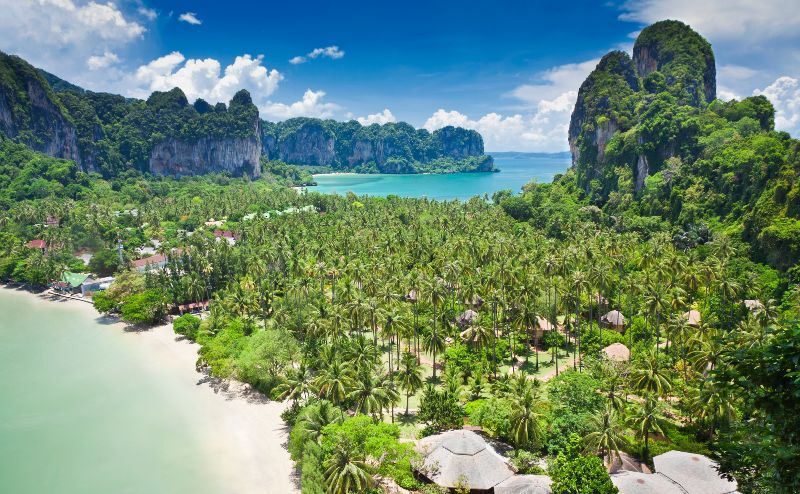
Thailand’s weather in January
Typically, cities across the country are comfortably warm, daytime temperatures generally range between 26-29°C. The kingdom embraces abundant sunshine, with its central and northern regions basking in the warm winter sun.
However, there might be rare spells of rain in certain areas – nothing too disruptive for your travel itinerary, but usually the Southern regions, such as the Gulf Coast, will experience a bit more rainfall. These fleeting showers often add an invigorating freshness to the tropical surroundings.
When considering a visit to islands such as Koh Samui and Koh Phangan during the month of January, it’s important to know the rainfall pattern in the gulf. These southern islands do tend to see a few more rainy days compared to other parts of Thailand in January.
On average, you can expect around 9 to 11 rainy days in Phuket over this month. However, the rain primarily occurs during cooler evenings in sudden, brief showers, meaning that clear skies and sunlight are usually quick to return, providing ample time to explore these island paradises.
January temperatures & rainfall
| Location | Average High | Average Low | Days of rain |
|---|---|---|---|
| Bangkok | 33 | 21 | 3 |
| Chiang Mai | 30 | 14 | 1 |
| Phuket | 32 | 22 | 9 |
| Ko Chang | 30 | 19 | 4 |
| Hua Hin | 30 | 22 | 2 |
| Ayutthaya | 33 | 20 | 1 |
Does it get cold in Thailand in January?
Some people wonder if it gets cold in Thailand, the answer is yes; it does. While it’s warm by most of our standards, it surprises many to find that in this time of year in the Northern Thailand cities of Chiang Mai, Chiang Rai and Lampang, overnight temperatures, especially in the mountains, can drop below 15 degrees Celsius.
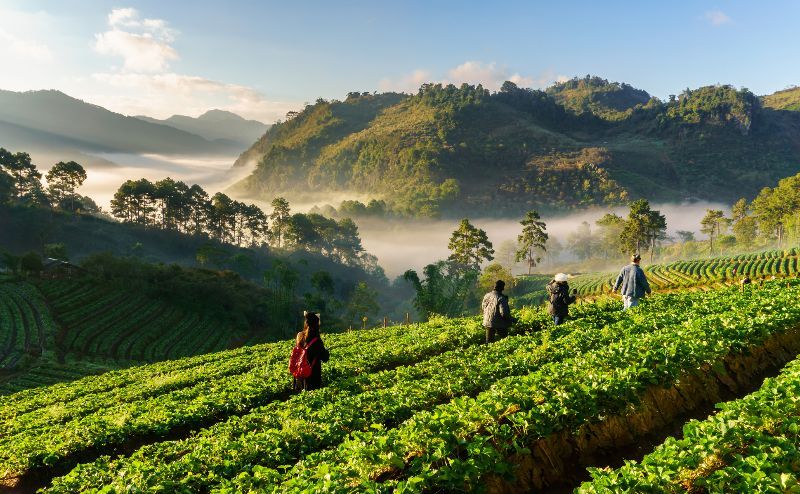
What you need to know about visiting Thailand in January
Is January high season?
If you are wondering if Thailand is crowded in January the answer is yes, this time of year is regarded as high season in Thailand. Visitors looking to escape the Northern Hemisphere weather or embrace the pleasant climate offered at this time of year, especially on Thai Beaches flock to the country in large numbers.
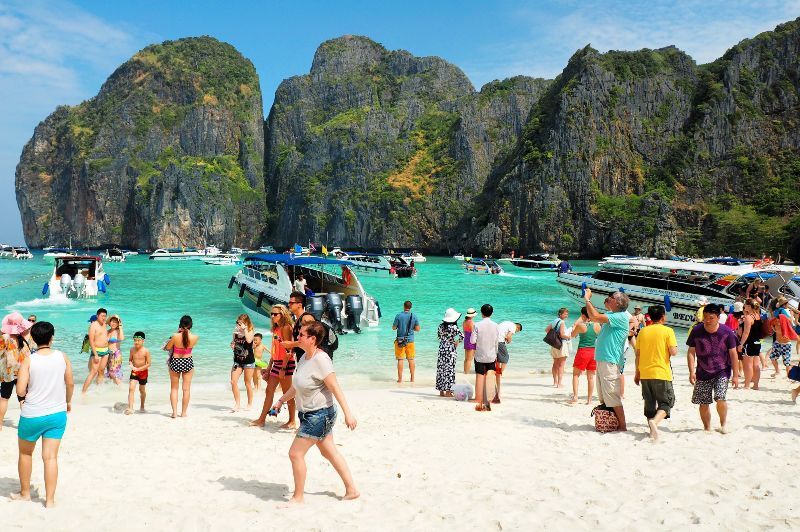
But what does this mean for you as a prospective traveller? Let’s delve into the pros and cons of a visit to Thailand in January.
The Pros of a visit to Thailand in January
Exploring Thailand in January certainly has its perks. The weather is typically less humid and slightly cooler, paving the way for comfortable sightseeing and beach lounging.
Events: The New Year’s Eve celebrations in Thailand are fabulous. If you arrive in Bangkok the first week of the month, you also have the pleasure of seeing what I consider some of the best Christmas decorations I have seen anywhere, even rivalling New York!
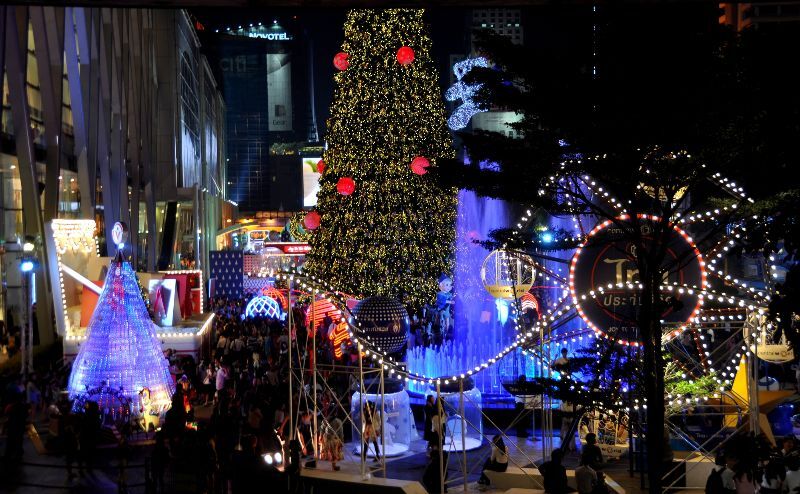
Weather: Some of the lowest rainfall of the year across most of the country. This is a great time to visit Northern Thailand before the smokey season begins in February. Humidity is lower than other times of year, making it more comfortable and a good choice for first-time visitors to South East Asia.
National Parks: Outdoor activities such as hiking benefit from the pleasant temperatures and relatively dry conditions. Tracks are dry, making them easier to navigate.
The Cons of visiting Thailand in January
Although this is a great time to come to Thailand, there might be a few things that could dampen your holiday spirits. As long as you account for these factors, this is still an amazing time to visit Thailand.
High Tourist Volume: This is a peak tourist season in Thailand, certain places can get extremely crowded. Expect to find longer queues for daytime excursions to popular destinations. Australian school holidays last throughout the month, making destinations like Phuket Island which offers direct flights to Australia very popular with Aussies.
Higher Prices: The surge in demand also means a spike in prices. Accommodation, flights, and even some tourist activities can be more expensive compared to the rest of the year.
Less Personal Experience: For travellers seeking solitude and a less touristy experience, this time of year may not be the best choice.
Weather Challenges: While January generally promises pleasant weather, it’s also the time of year when the northeast Monsoon can be a bother, particularly in the Gulf of Thailand, affecting sea travel and water activities. For the lowest rainfalls, choose your southern Thailand beach holiday spot from the west coast beaches. While the east coast beaches on Koh Samui see more rain than other areas, they are still a good option for warm weather.
Book in advance and plan your budget accordingly for the best experience.
Thai Public Holidays in January
New Year’s Day is the only national public holiday in Thailand.
Things to do in Thailand in January
In January, Thailand is alive with a variety of cultural experiences that are unique to this time of year. One of the most significant is the celebration of the New Year. Although not a national holiday in Thailand, it is widely celebrated, particularly in Bangkok and Phuket. Expect fireworks and parties.
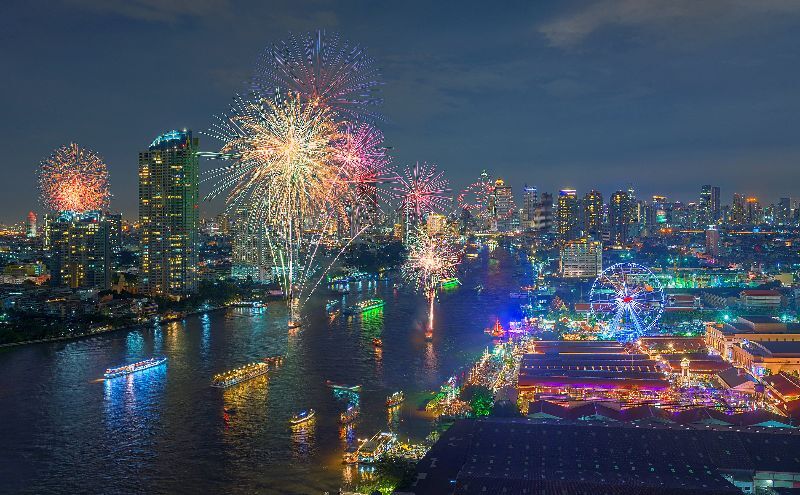
- New Year Celebrations: Although not uniquely Thai, the New Year is celebrated grandly in major cities such as Bangkok, Chiang Mai and Phuket with firework displays, parties and events held in the first week of January.
- Buddhist Mass Meditation: January is also a great time to explore Thailand’s rich Buddhist heritage. Many temples offer meditation retreats at this time of year, providing a unique opportunity to learn about Buddhist philosophy and practices. Wat Phra Dhammakaya, near Bangkok, is particularly renowned for its mass meditation sessions.
- The Bo Sang Umbrella Festival: Taking place in the third week of January, this festival held in the village of Bo Sang near Chiang Mai celebrates the local art of umbrella making. You can enjoy a parade featuring colourful umbrellas, as well as traditional music and dance.
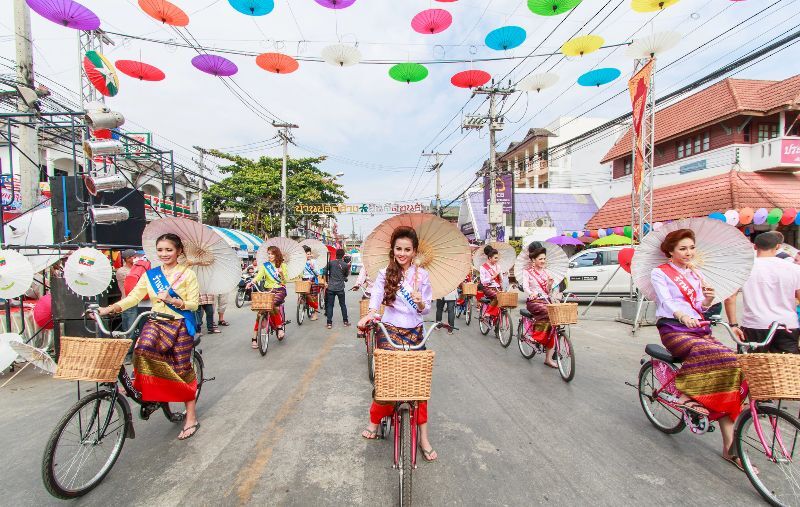
- Chinese New Year celebrations start to kick in – Expect vibrant parades, dragon dances, and an abundance of delicious food stalls serving traditional Chinese cuisine.
- Children’s Day Celebrations: On the second Saturday of January, Thailand celebrates Children’s Day. It’s a fun-filled day with parties and activities, museums and zoos usually offer free entry for children.
- Phuket Old Town Festival: This event takes place in the historic district of Phuket Town, where the stunning Sino-Portuguese architecture serves as a backdrop for vibrant street performances, food stalls, and ethnic parades.
Top areas to visit in Thailand in January
Whether it’s the bustling streets of the capital, the historical wonders of Ayutthaya, the verdant charm of Chiang Mai, or the idyllic Thai island life, there’s an abundance of destinations worth exploring at this time of year.
These are just a few of the most popular places to visit at this time of year, read on to discover what makes them so special.
Discover the charm of the north: Chiang Mai in January
Chiang Mai invites you with open arms in January, offering the perfect getaway. The temperature sits comfortably between cool and warm, permitting you to explore the historic temples, bustling markets, and lush landscapes with ease.
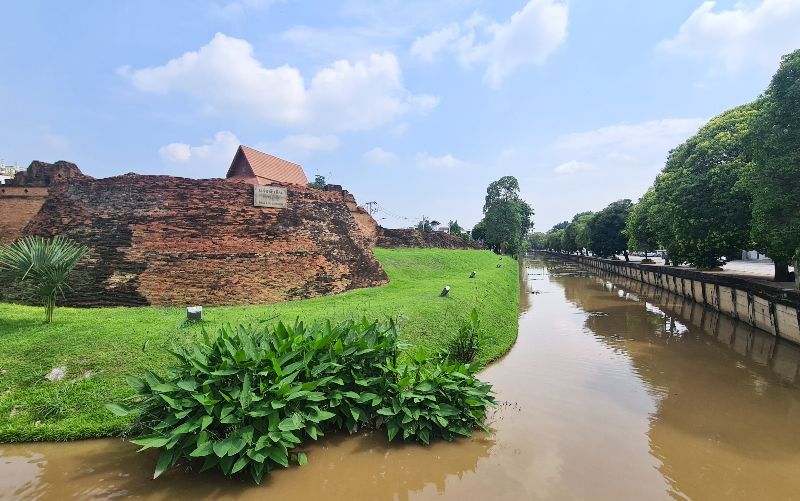
In contrast, the night markets offers a mix of shopping, food, and entertainment, in a more temperate setting than the sweltering summer months. For those seeking serenity, unspoiled countryside awaits, fraught with cascading waterfalls, serene rivers, and a lush landscape that’s just ripe for hiking.
Enjoy Thailand’s beaches and islands
January is an ideal time to explore Thailand’s beautiful beaches and popular islands. The Andaman Sea’s turquoise waters are perfect for snorkelling and diving. Island-hop to Phi Phi Islands or Railay Beach for the ultimate beach experience.
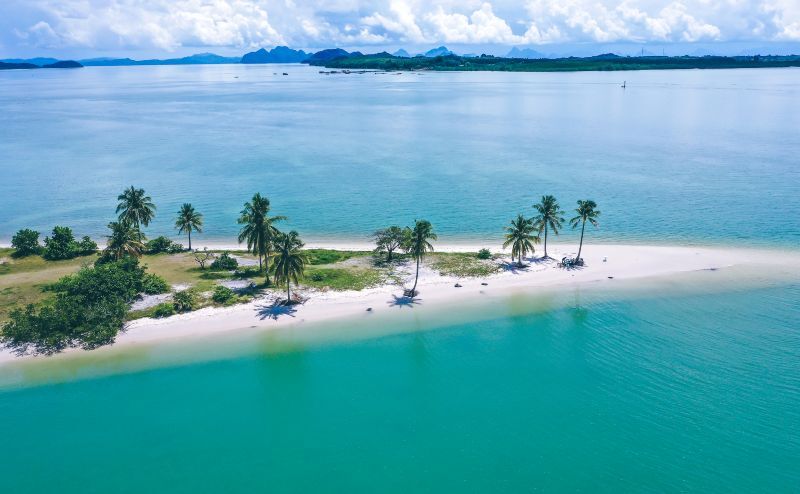
If you’re looking for a quieter experience opt for less touristy, but equally beautiful islands such as Koh Lanta, Koh Lipe, Koh Tao and Koh Yao Yai. Remember, as the season brings in many tourists, it’s best to book your accommodation and transport in advance.
Indulging in island life: Phuket in January
January is one of the driest months of the year in this tropical paradise. There is less rain than at other times of year and temperatures hover around a perfectly comfortable 27°C on average.
This ideal weather not only ensures your outdoor plans are unlikely to be derailed, but it also offers the most brilliant version of Phuket’s breathtaking beaches. The warm crystal clear waters accompanied by mostly blue skies render a landscape ripe with postcard-perfect memories.
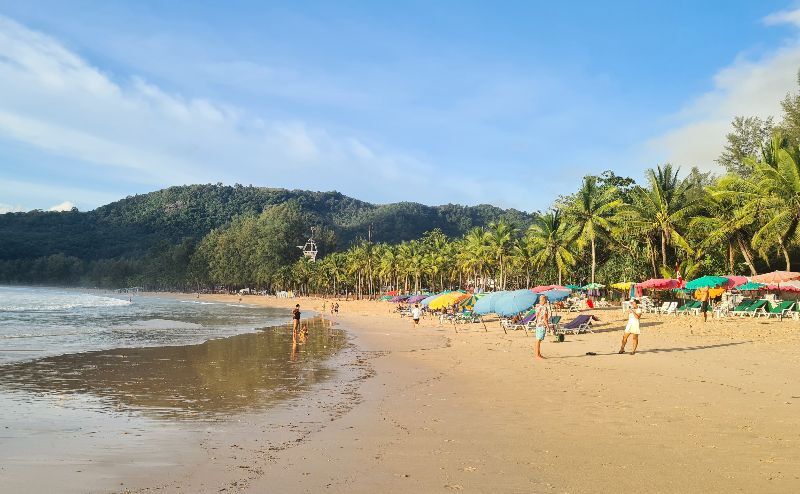
Phuket in January is a delight for water sport enthusiasts. With the Andaman Sea calm, clear and inviting, the conditions are superb for swimming, diving, and snorkelling, especially around the beautiful coral gardens. There’s an increased visibility up to 30 metres underwater, allowing for more intimate and awe-inspiring encounters with the marine life.
January is also the time when Phuket comes alive with cultural celebrations. The Chinese New Year, often falling towards the end of the month, is marked by vibrant parades, lion dances, and fireworks, offering insight into Phuket’s cultural blend and festive spirit.
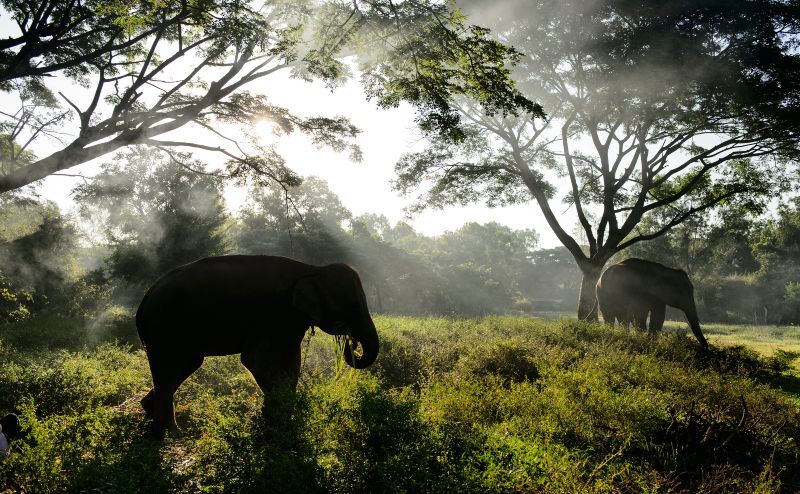
While you’re there, you should not miss the Phuket Elephant Sanctuary, the island’s ethical elephant tourism site.
Hua Hin: A beach break near Bangkok
Regarded as a retreat for the Thai monarchy, the fascinating seaside town of Hua Hin emerges as an attractive visit, especially in January.
Let’s start with the weather, the first month of the year offers the most agreeable climate, with temperatures ranging from 20°C to 30°C. This is accompanied by abundant sunny weather, low humidity, mild nights, and practically no rain, creating an idyllic environment to enjoy the in the beauty of the under rated city.
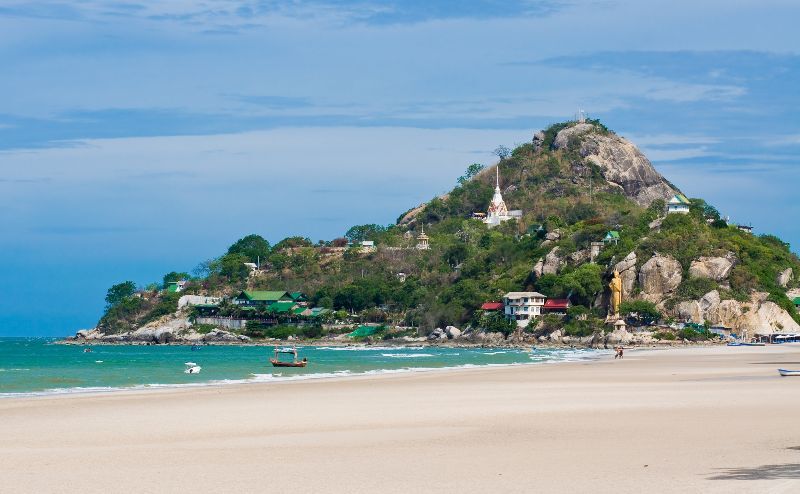
January is often rich in experience fostering activities and events in Hua Hin that scheduled to coincide with the ideal weather.
Sport rules in Hua Hin at this time of year with the annual Tour de Thailand 2024 starting and finishing here. You can also head to the Thailand Open, which offers world class tennis For the avid golfers, January is a prime month to hit the greens with Hua Hin hosting several golfing tournaments on some of the best golf courses in Thailand.
Bangkok: A bustling city with a heart
January is the ideal time to set foot in the bustling metropolis of Bangkok. The days are mostly sunny and cooler, providing the perfect opportunity for exploring without breaking a sweat. The average temperatures hover between 21 to 32 degrees Celsius, making this one of the most comfortable months weather-wise.
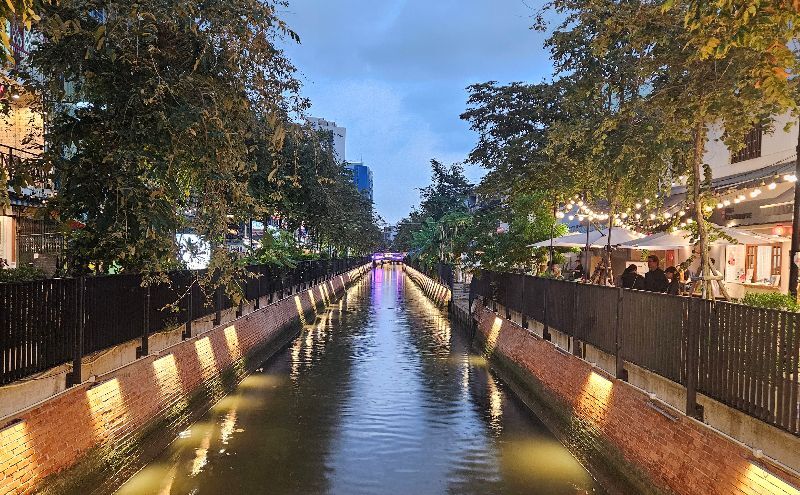
The first month of the year offers many culturally rich events to enjoy. The New Year is welcomed with the vibrant NYE Countdown, where fireworks light up the night sky and the Chao Praya River in a stunning display.
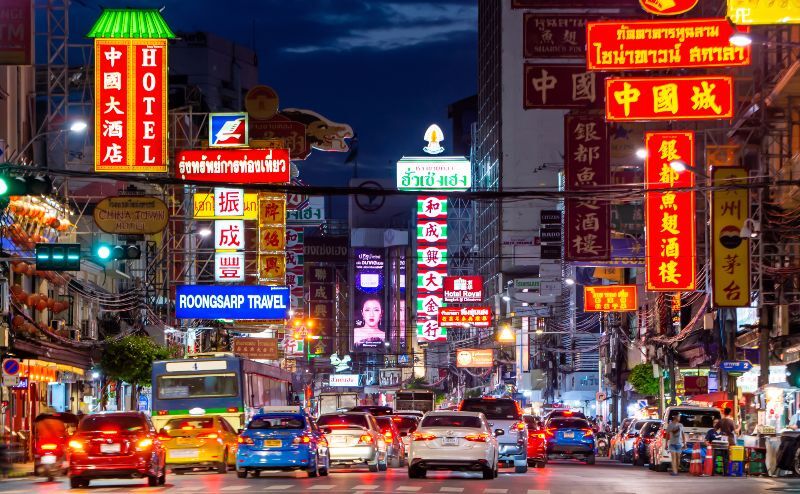
The Chinatown Chinese New Year celebration usually starts at the end of the month, immersing visitors in colourful parades, dragon dances, and delicious Chinese cuisine.
The colourful Bangkok Festival an arts festival runs from November till the end of this month with an extensive program of arts based events across the city.
Exploring Ayutthaya in January
This is the ideal time to venture into Ayutthaya, a UNESCO World Heritage Site brimming with ancient temples and breathtaking ruins. January sees the annual Ayutthaya World Heritage Site Celebrations which run for 9 days from the 20th of the month.
This month there is an average maximum temperature of 32° Celsius, (89°F) which sounds warm but is balmy enough to explore without being overcome by the intense tropical heat that can be felt later in the year.
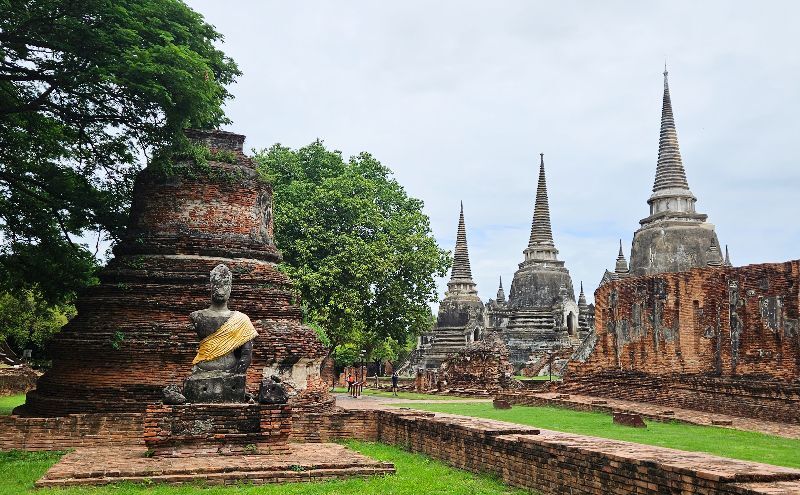
If you choose to visit at this time, you’re well placed to appreciate the historical magnificence that Ayutthaya offers. Incredible ruins such as Wat Phra Si Sanphet and Wat Mahathat are significantly less crowded during January, providing you with an exclusive peek into Ayutthaya’s enthralling past.
Is January a good time to visit Pattaya?
January is an ideal time to savour the charm of Pattaya, a vibrant city resting on the eastern Gulf coast of Thailand. During this time, you’ll be treated to an average temperature ranging between a comfortable 22°C to 31°C, perfect for exploring the city’s renowned tourist attractions, like the Sanctuary of Truth or simply lounging on its sun-kissed beaches.
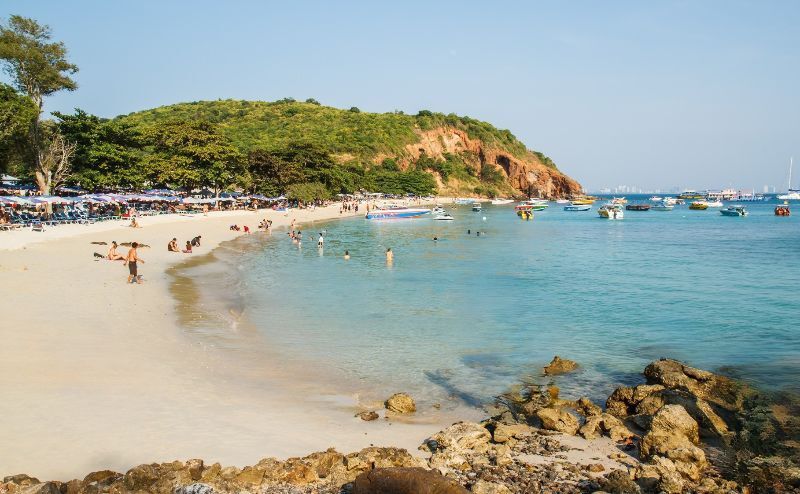
The weather remains mostly dry and sunny, making it an opportune time to partake in watersports for the adventurous.
Pattaya is a town that knows how to party and in January they host Unkonscious, Asia’s biggest Trance Festival. An International Music Festival, a notable event which attracts music enthusiasts from all corners of the globe.
What to pack for a trip to Thailand in January
Packing smart is vital when visit Thailand, particularly in January. Pack lightweight clothes made from natural fabrics. Include breathable clothing that can easily adapt to changes in weather.
If you are heading to Northern Thailand, it’s wise to pack a light jacket or sweater as evenings and early mornings in the mountains can get quite cool. You may also find the air-conditioning indoors can get chilly, especially in places like malls and cinemas.
While this is winter, you will still need sun protection, such as sunscreen and a hat, to protect yourself from the stronger tropical sun.
When packing for Thailand in January, especially for a visit to Phuket, a good travel umbrella or a lightweight foldable raincoat is worth popping in your bag – with 9 days of rain in January it’s good to be prepared.
Summing up
Choosing to visit Thailand in January is a fantastic decision. You’ll enjoy near-perfect weather, a rich blend of culture, and an abundance of exciting activities to spark your intrigue. However, far beyond just the usual tourist attractions, January offers a unique blend of experiences that can only be found at this time of the year. Whether you’re a first-time traveller or a seasoned adventurer, we guarantee there’s something for everyone in Thailand during January.

About the author: Paula Morgan first visited Thailand in 1999 and has been returning regularly ever since. She is currently staying in Bangkok. She loves exploring its less visited spots, not just the iconic landmarks and historic temples, but the hidden alleys, family run cafes and food stalls and the small communities in the islands of the south and the lush forests and mountains of Thailand’s north.
